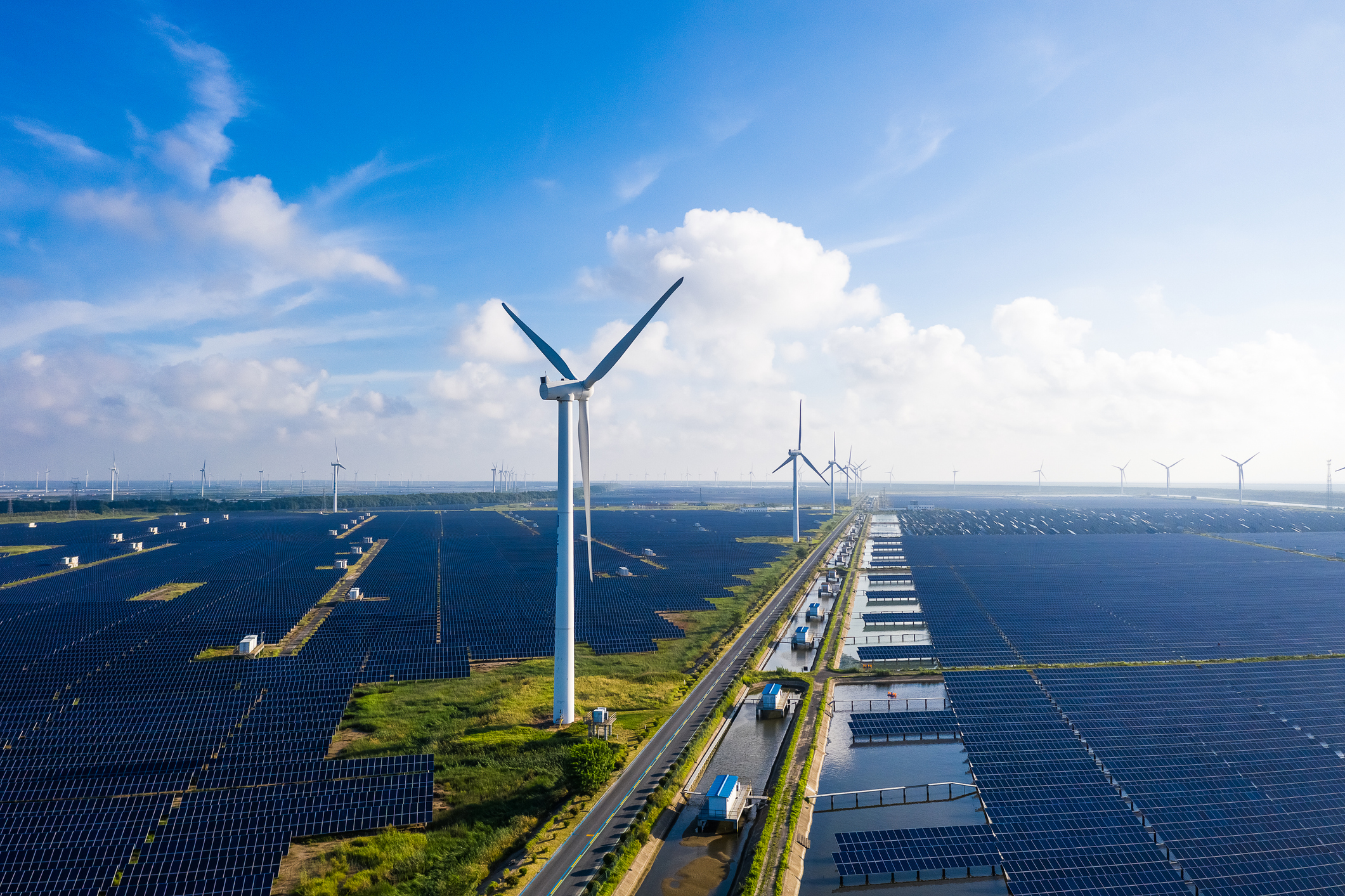Charlie Munger: the world’s greatest investors
Charlie Munger was originally a value investor, buying companies that were trading below their book value.


Charlie Munger was born in Omaha in 1924 and worked in Warren Buffett's grandfather's grocery store. After a stint in the air force, Munger went to several universities without graduating, eventually emerging with a law degree from Harvard Law School in 1948. After working as a lawyer he founded the investment firm Wheeler, Munger & Company in 1962 and ran a successful fund for the next 13 years. Later on, Munger became Warren Buffett's right-hand man at Berkshire Hathaway, serving as CEO of Wesco Financial, one of Berkshire's main holdings.
What was his strategy?
Munger was originally a value investor, buying companies that were trading below their book value (net assets). He also believed in concentrating on a handful of stocks at times he held no more than three companies. He argued this allowed him to focus on a few great opportunities, rather than several ones that were merely good. Later, his emphasis was on buying "growth at a reasonable price". He took this philosophy to Berkshire, which had an influence on Buffett.
Did it work?
His concentrated portfolio made his fund very volatile. It fell by 31.9% in 1973 and then 31.5% a year later, but rose by 71.7% in 1962, 56.2% in 1967 and 73.2% in 1975. Overall, it would return just under 20% a year between 1962 and 1975, turning an initial investment of $100,000 into $1.2m by the end. Over the same period the S&P 500 rose by just 4.9% a year. According to Forbes, Munger is currently worth $1.42bn.
MoneyWeek
Subscribe to MoneyWeek today and get your first six magazine issues absolutely FREE

Sign up to Money Morning
Don't miss the latest investment and personal finances news, market analysis, plus money-saving tips with our free twice-daily newsletter
Don't miss the latest investment and personal finances news, market analysis, plus money-saving tips with our free twice-daily newsletter
What was his best trade?
Munger helped persuade Warren Buffett to buy the confectionery firm See's Candies in 1972 for $25m, even though it was trading at three times book value. Over the next 25 years, profits at the stores grew by 24 times, a compound average growth rate of 13.5%, even before accounting for the large dividend, which increased the return to around 20%. Munger's best private investment was buying a share of oil royalties in a well in 1962 at a time when the oil price was at an all-time low. Within a decade Munger was receiving $100,000 a year.
What lessons does he have for investors?
Concentrating on just a handful of investments (though perhaps not to the extent Munger did) can help the average investor focus their attention on the best opportunities. The See's Candies investment shows that occasionally breaking your own rules can be a good idea, if the investment case is sound.
Get the latest financial news, insights and expert analysis from our award-winning MoneyWeek team, to help you understand what really matters when it comes to your finances.

-
 The most influential people of 2025
The most influential people of 2025Here are the most influential people of 2025, from New York's mayor-elect Zohran Mamdani to Japan’s Iron Lady Sanae Takaichi
-
 Millions of parents are missing out on up to £720 a year in extra pension cash – are you affected?
Millions of parents are missing out on up to £720 a year in extra pension cash – are you affected?A mum who narrowly missed out on the pension boost said she “never knew the government rule existed” and wants other parents to use it
-
 The top stocks of 2025 - did you pick a winner?
The top stocks of 2025 - did you pick a winner?As a chaotic year in the stock market draws to a close, we review which stocks were investors’ top picks for 2025
-
 Canada will be a winner in this new era of deglobalisation and populism
Canada will be a winner in this new era of deglobalisation and populismGreg Eckel, portfolio manager at Canadian General Investments, selects three Canadian stocks
-
 The Stella Show is still on the road – can Stella Li keep it that way?
The Stella Show is still on the road – can Stella Li keep it that way?Stella Li is the globe-trotting ambassador for Chinese electric-car company BYD, which has grown into a world leader. Can she keep the motor running?
-
 Investing in the energy sector – is the reward worth the risks?
Investing in the energy sector – is the reward worth the risks?The energy sector used to offer predictable returns, but now you need to tread carefully. Is the risk worth it?
-
 Best-performing stocks in the S&P 500
Best-performing stocks in the S&P 500We take a look at the best-performing stocks in the US equity market. Are there opportunities outside of Big Tech?
-
 How to beat Warren Buffett – and the fund and trusts that have managed it
How to beat Warren Buffett – and the fund and trusts that have managed itWarren Buffett has achieved stellar returns for investors over a long and illustrious career. Can you rival his investment performance?
-
 What is Vix – the fear index?
What is Vix – the fear index?What is Vix? We explain how the fear index could guide your investment decisions.
-
 The case for dividend growth stocks
The case for dividend growth stocksMany investors focus on yield alone when looking for income, that’s a mistake says Rupert Hargreaves. It’s the potential for dividend growth that really matters.